

Best Soil Types for Variegated Banana Plants in Tropical Climates
Introduction
Are you enchanted by the stunning variegated banana plant? Its unique foliage makes it a standout in any tropical garden. Choosing the right soil is essential for these beauties to thrive. This article will highlight the best soil types for variegated banana plants in tropical climates.
Summary and Overview
Variegated banana plants feature striking leaves with green and creamy white stripes. They can grow quite tall, reaching heights up to 15 feet. Healthy soil plays a vital role in their growth, affecting moisture retention and nutrient availability. We’ll cover the ideal soil composition, care tips, and common issues to watch out for.
Ideal Soil Composition for Variegated Banana Plants
Importance of Soil Quality
Soil quality is crucial for the health of variegated banana plants. High-quality soil enhances moisture retention while ensuring proper drainage. It also affects nutrient availability, which these plants need in abundance for optimal growth. Without the right soil, your banana plant may struggle to flourish. A well-balanced mix provides stability and support for these tropical gems.
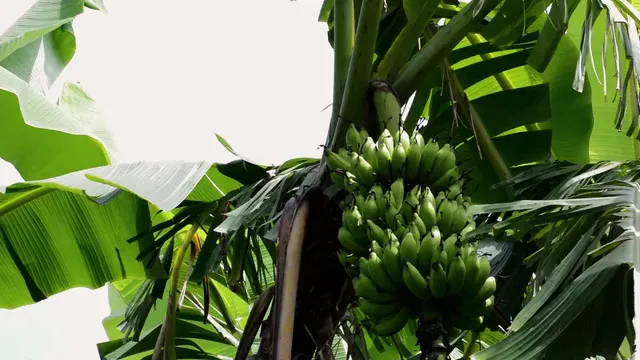
Recommended Soil Types
To ensure your variegated banana plant thrives, consider these soil types:
- Loamy Soil: This type is rich in organic matter, offering excellent drainage and moisture retention. It’s ideal for healthy root development.
- Well-Draining Potting Mix: A mix with components like peat moss, compost, and perlite helps maintain moisture while preventing root rot. Look for potting mixes labeled for tropical plants. You can find a great Well-Draining Potting Mix to get started!
- Aroid Mix with Perlite: This mix combines aroid soil and perlite, ensuring optimal aeration and drainage. It’s particularly beneficial for container-grown plants, allowing roots to breathe.
Soil pH Considerations
Maintaining the right pH is essential for variegated banana plants. The ideal range is between 5.5 and 7.0. This range promotes nutrient absorption, ensuring your plant gets the food it needs. Testing the pH regularly will help you adjust as necessary, contributing to your plant’s overall health. For more information on testing and adjusting soil pH, check out this comprehensive guide.
Understanding soil pH is vital for optimal plant growth. Learn more about soil pH here.

Preparing the Soil for Planting
Testing Soil Quality
Testing your soil quality and pH is the first step in preparing for planting. You can use simple home testing kits available at garden centers. These kits provide accurate readings of pH and nutrient levels. For more precise results, consider sending a soil sample to a local agricultural extension service. A Soil pH Test Kit can make this process easy peasy!
Soil Amendments
To improve soil quality, consider these common amendments:
- Compost: Adding compost boosts soil fertility and provides nutrients. It also improves soil structure, promoting healthy root growth. For a detailed guide on composting, refer to this guide to composting. You can also get your hands on some Organic Compost for that extra boost!
- Perlite: This lightweight material enhances drainage, preventing waterlogging. It’s especially useful in heavy soils that retain too much moisture. Check out this Perlite to keep your soil airy!
- Peat Moss: Peat moss helps retain moisture while improving soil aeration. This balance is crucial for the healthy growth of variegated banana plants, ensuring they thrive without drowning in excess water. A quality Peat Moss can work wonders!
Using compost is a great way to enhance soil fertility. Explore our composting guide for tips.
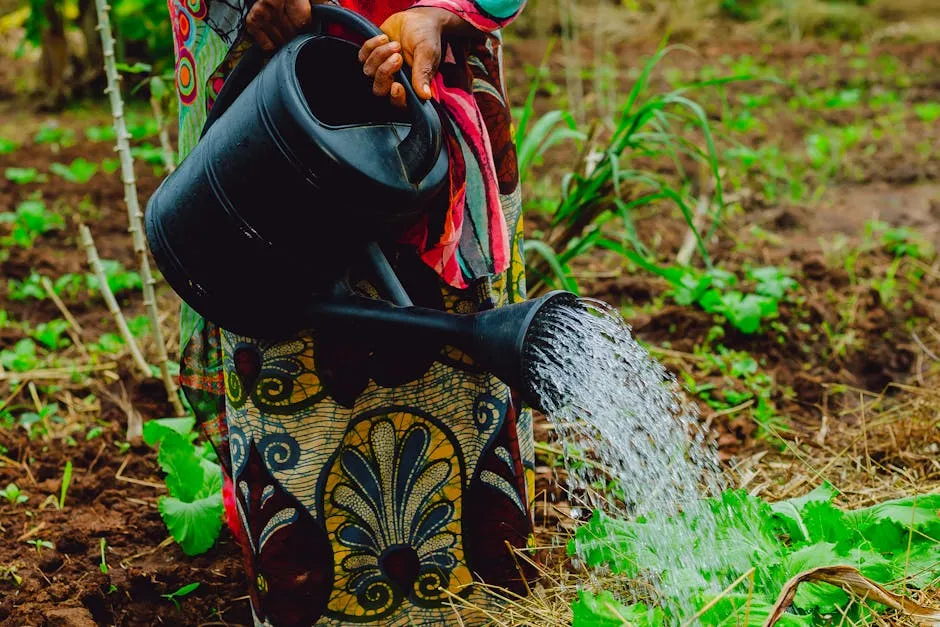
With the right soil preparation, your variegated banana plants will flourish, showcasing their stunning foliage and enhancing your tropical garden.
Creating the Perfect Soil Mix
To create the ideal soil mix for your variegated banana plants, start with these ingredients:
- 2 parts loamy soil: This provides a nutrient-rich base. Loamy soil retains moisture well, yet drains excess water effectively.
- 1 part perlite: This enhances drainage and aeration. Perlite prevents soil compaction, allowing roots to breathe.
- 1 part compost: Compost adds essential nutrients to support healthy growth. It improves soil structure and encourages beneficial microorganisms.
Mix these components thoroughly to ensure an even distribution. An even blend allows for consistent moisture retention and nutrient availability throughout the soil. This balanced approach helps your banana plants thrive, ensuring they receive everything they need.
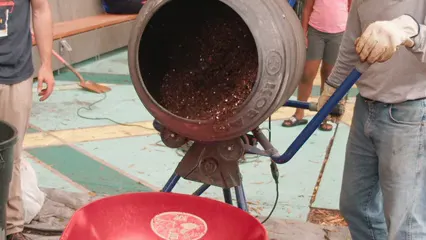
Watering Practices for Variegated Banana Plants
Importance of Moisture
Maintaining proper soil moisture is vital for plant health. Variegated banana plants enjoy consistently moist soil. However, overwatering can lead to root rot. The right moisture level ensures that roots absorb nutrients effectively.
Water your plants when the top inch of soil feels dry. This balance promotes healthy growth and vibrant foliage. A reliable Moisture Meter can help you nail this down!

Signs of Overwatering and Underwatering
Overwatering symptoms include yellowing leaves and a mushy texture. Fungal infections and root rot can develop if the soil is too wet. In contrast, underwatering leads to wilting and browning leaf tips.
Keep an eye on your plants. Adjust your watering routine based on their needs. A moisture meter can help you gauge when to water effectively.
Nutrient Requirements
Essential Nutrients
Variegated banana plants need several key nutrients for optimal growth. Pay attention to these:
- Nitrogen: Promotes lush foliage and vibrant color.
- Potassium: Essential for overall plant health and fruit development.
- Phosphorus: Supports root development and flowering.
Soil composition plays a critical role in nutrient availability. A well-balanced soil mix ensures your banana plants can access these nutrients easily. Regularly amend your soil with compost or a balanced fertilizer to maintain nutrient levels. Consider using a Slow-Release Fertilizer for steady growth!
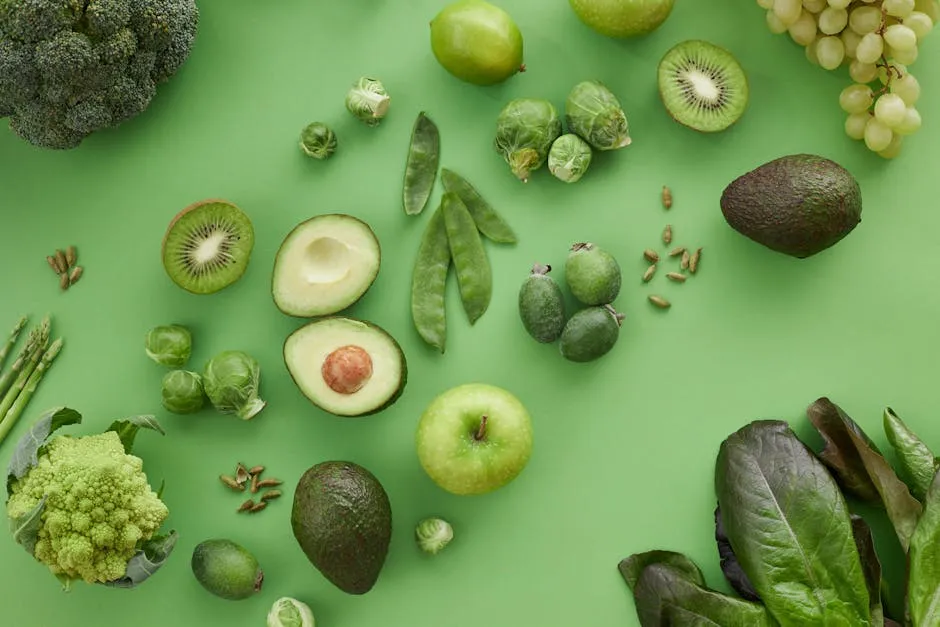
Fertilization Tips
To keep your variegated banana plants thriving, fertilization is key. Use a slow-release fertilizer for optimal results. This type of fertilizer gradually provides nutrients over time, ensuring your plant receives a steady supply.
Apply fertilizer during the growing season, from spring to early fall. You can start fertilizing when new growth appears. Typically, every 4 to 6 weeks is a good schedule. Just follow the package instructions for specific amounts.
Remember, over-fertilization can harm your plants. Always monitor their response after application. If you notice leaf burn or yellowing, reduce the amount or frequency. Healthy banana plants need a balanced approach to fertilization.

Common Soil-Related Issues and Solutions
Soil Compaction and Drainage Problems
Compacted soil can severely hinder the growth of variegated banana plants. When soil becomes too dense, it restricts root expansion and access to essential nutrients. This can lead to stunted growth and poor health. Additionally, compacted soil retains too much water, increasing the risk of root rot.
To improve drainage, consider aerating the soil. You can do this by gently loosening the top few inches with a garden fork. Mixing in organic matter like compost can also enhance soil structure. Creating raised beds can help too, as they encourage better drainage. A Garden Fork can be your best friend here!
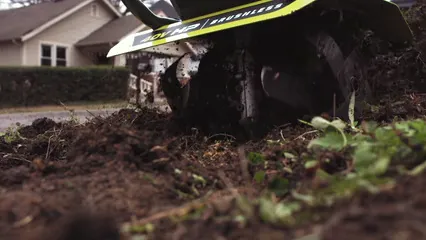
Pest and Disease Management
Soil quality affects pest and disease prevalence in your banana plants. Common pests include aphids, spider mites, and mealybugs. These pests thrive in unhealthy soil conditions, causing significant damage.
To manage pests, regularly inspect your plants. If you notice an infestation, treat it with Neem Oil or Insecticidal Soap. Additionally, maintaining healthy soil will naturally deter pests.
Fungal diseases can also arise from poor drainage and overwatering. To combat these issues, ensure your plants are not sitting in water. Apply a fungicide as needed, and always remove any affected leaves to prevent spread.
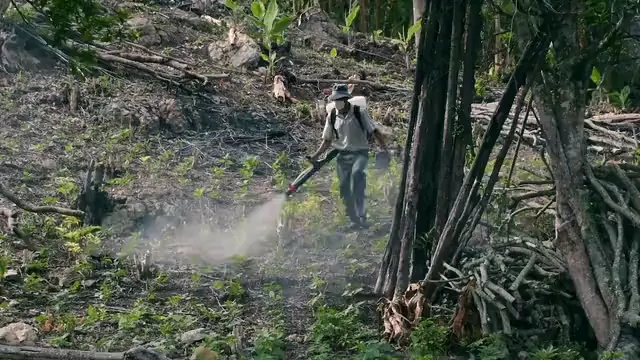
Conclusion
In summary, choosing the right soil type is crucial for your variegated banana plants. Loamy soil, well-draining potting mixes, and aroid mixes with perlite are ideal choices. These soils promote healthy root development and ensure proper moisture retention without causing root rot.
Proper soil care significantly impacts the long-term health and growth of your plants. By maintaining the right pH and moisture levels, you’ll support vibrant foliage and robust growth. Investing time in soil quality pays off with flourishing plants that enhance your tropical garden. Don’t forget to document your journey with a Gardening Journal!

FAQs
What is the best soil mix for variegated banana plants?
The ideal soil mix consists of loamy soil, perlite, and compost. Loamy soil retains moisture and nutrients, while perlite enhances drainage. Compost boosts fertility, providing essential nutrients. This combination supports healthy growth and prevents root rot.
How often should I water my variegated banana plant?
Water your plant when the top inch of soil feels dry. This varies depending on the climate and soil type. In tropical conditions, weekly watering is often sufficient. Adjust frequency during rainy or dry spells to maintain consistent moisture.
Can I use regular garden soil for my banana plants?
Regular garden soil can work, but it often lacks drainage and nutrients. Using specialized mixes ensures better results. Garden soil may compact, leading to poor aeration. It’s best to opt for a mix designed for tropical plants.
What nutrients do variegated banana plants need?
Key nutrients include nitrogen for foliage, potassium for overall health, and phosphorus for root development. Regularly amend your soil with compost or balanced fertilizers to maintain nutrient levels. This ensures your plants thrive and produce vibrant leaves.
How do I know if my soil is suitable for banana plants?
To assess soil quality, check for drainage and texture. A well-draining mix should feel crumbly and retain some moisture. Conduct a pH test; ideal levels are between 5.5 and 7.0. Adjust soil composition as needed to meet these criteria.
What are common signs of soil-related issues in banana plants?
Watch for yellowing leaves, wilting, or mushy roots. These symptoms often indicate overwatering or poor drainage. If your plant shows stunted growth or leaf discoloration, it may need a soil quality assessment. Regular monitoring helps catch issues early.
Can I grow variegated banana plants in pots?
Yes, variegated banana plants thrive in pots. Choose a large container with drainage holes to prevent waterlogging. Use well-draining potting mixes, and ensure your pot is deep enough for root development. Regularly check moisture levels to keep them healthy.
Please let us know what you think about our content by leaving a comment down below!
Thank you for reading till here 🙂
All images from Pexels



